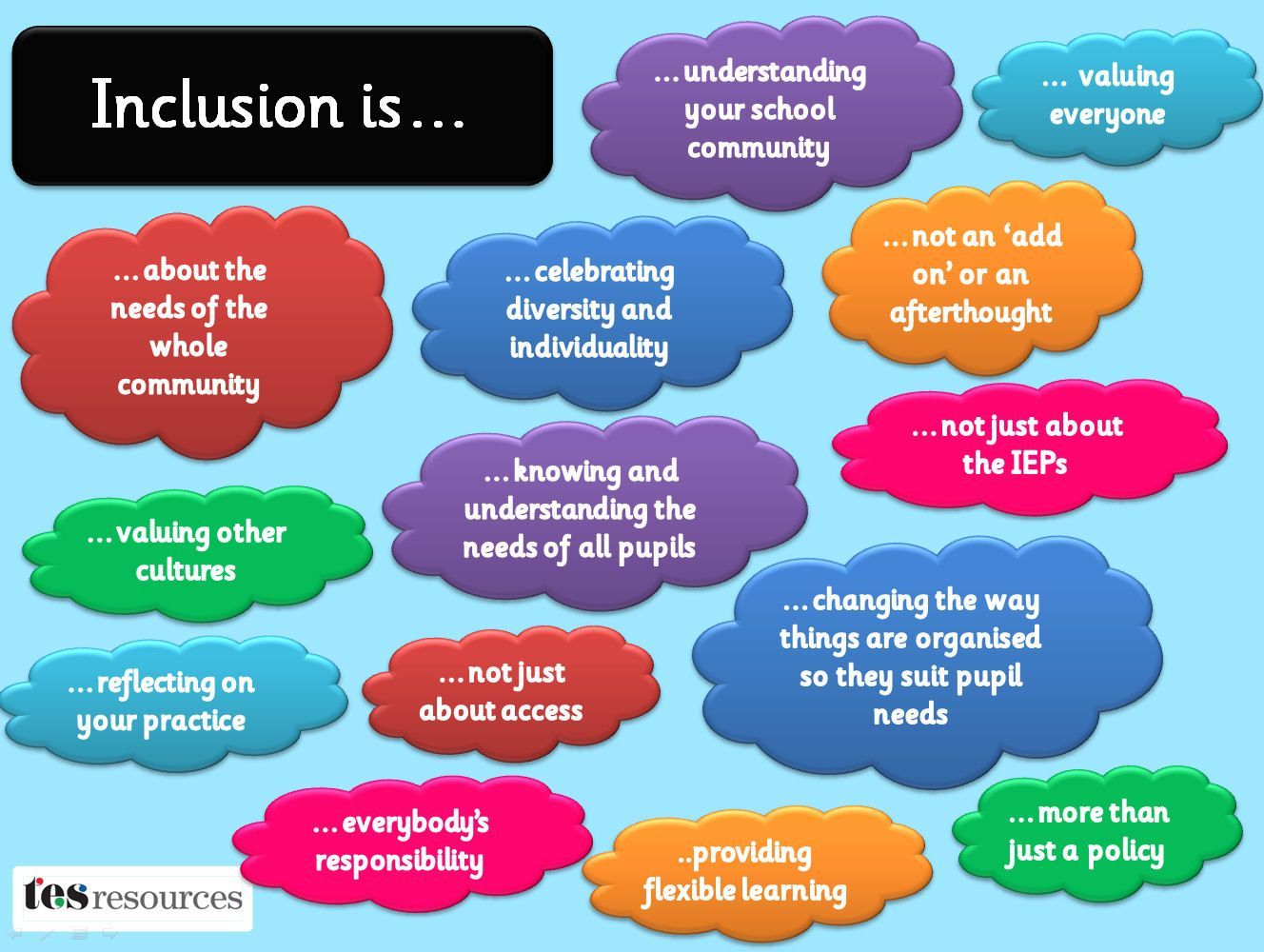Strategies for Creating Inclusive Early Childhood Classrooms
Ensuring that early childhood classrooms are inclusive is vital for the development and growth of all children. Inclusive classrooms provide a welcoming and supportive environment where children of all abilities can learn and thrive together. As a teacher in the tech niche, it is essential to implement strategies that promote inclusivity and diversity in your classroom. Here are some effective strategies to create inclusive early childhood classrooms:
1. Establish a Culture of Acceptance
Creating a culture of acceptance in your classroom is the foundation of inclusivity. Teach children about the importance of accepting and respecting each other’s differences. Encourage open dialogue about diversity and inclusion and celebrate the uniqueness of each child. Use technology tools such as interactive whiteboards or educational apps to introduce diverse perspectives and experiences to the children.
2. Provide Multiple Means of Representation
Using technology in your classroom can help provide multiple means of representation for children with different learning styles and abilities. Utilize educational software and apps that offer customizable learning experiences to accommodate various needs. Incorporate multimedia content such as videos, interactive games, and virtual reality to engage children of diverse backgrounds and abilities.
3. Foster Collaborative Learning Opportunities
Collaborative learning can promote social interaction and communication skills among children of all abilities. Use technology tools like online collaborative platforms or group messaging apps to facilitate teamwork and peer-to-peer learning. Encourage children to work together on projects and assignments, promoting mutual respect and understanding of each other’s strengths and weaknesses.
4. Provide Assistive Technology Tools
Assistive technology tools can be beneficial for children with disabilities or special needs. Incorporate tools like speech-to-text software, screen readers, or communication devices to support children who may have difficulty with traditional learning methods. Ensure that all children have access to these tools and provide training and support to help them use them effectively.
5. Promote Universal Design for Learning
Universal Design for Learning (UDL) is a framework that aims to design learning environments that are accessible to all learners. Use technology to implement UDL principles in your classroom, such as providing options for how children can access and demonstrate their learning. Utilize tools like digital textbooks, interactive quizzes, and online assessments to offer multiple ways for children to engage with the curriculum.
6. Cultivate a Supportive Classroom Community
Cultivating a supportive classroom community is essential for creating an inclusive learning environment. Use technology to communicate with parents and caregivers, keeping them informed about their child’s progress and involvement in the classroom. Encourage parent involvement through virtual meetings, online resources, and digital newsletters to strengthen the partnership between home and school.
Conclusion
Creating inclusive early childhood classrooms requires intentional planning and effort to ensure that all children feel welcome and supported. By implementing strategies such as establishing a culture of acceptance, providing multiple means of representation, fostering collaborative learning opportunities, and utilizing assistive technology tools, you can create a learning environment that meets the diverse needs of all children. Embrace the power of technology in promoting inclusivity and diversity in your classroom, and watch as your students thrive and succeed together.
For more tips and resources on creating inclusive early childhood classrooms, visit our website and subscribe to our newsletter. Together, we can create a more inclusive and equitable future for all children.
References
1. National Association for the Education of Young Children. (2021). Inclusive Early Childhood Education. Retrieved from https://www.naeyc.org/resources/topics/inclusion.


